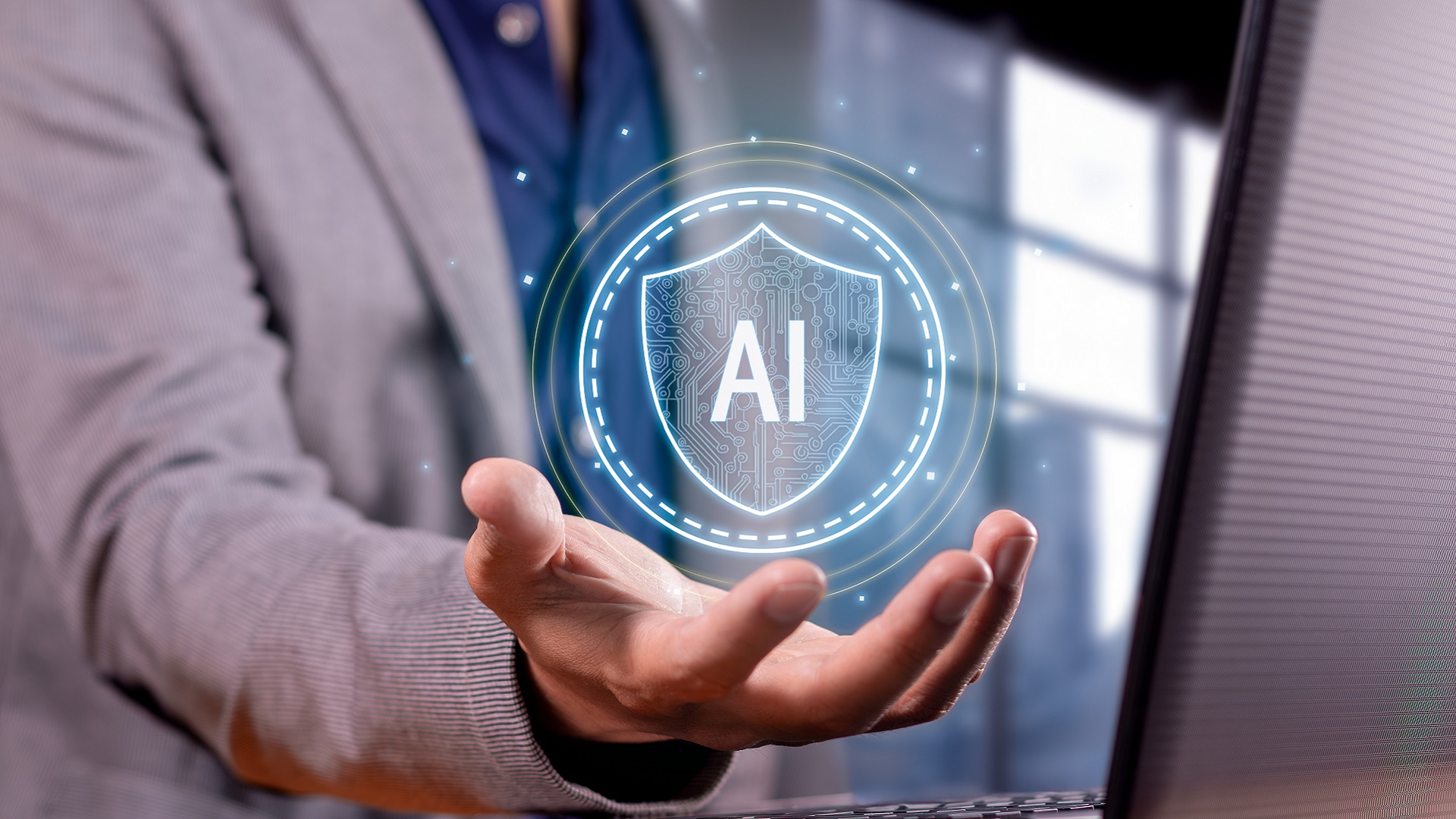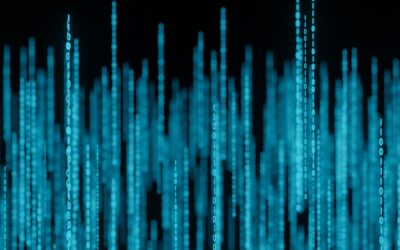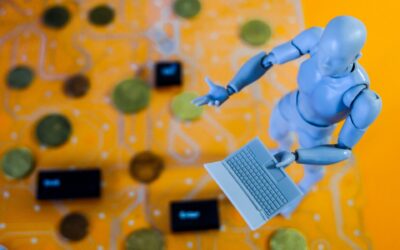From speech writing to job interview preparation, there’s an artificial intelligence tool to help with everything. Cybersecurity is no exception among the many areas of business that stand to benefit from this new technology. With AI-powered tools, companies can quickly detect threats before they have time to spread, defend against sophisticated cyberattacks in real time, and automate many of their security operations processes. This article covers five of the most impressive AI-powered cybersecurity solutions that are currently transforming the way businesses protect their valuable data and systems.
The Rise of AI
Once a topic of science fiction, Artificial Intelligence is now a tangible reality for people around the globe. The technology’s ascension into the limelight started with the release of ChatGPT in November 2022. A first-of-its-kind concept, this conversational tool brought what only machine learning aficionados had known about for so long to everyday individuals’ phones in an incredibly accessible and practical format.
Open AI released its newest Large Language Model in March, while an untold number of tech companies have sought to jump on the bandwagon with their own takes on generative and analytical technology over the past year.
There have also been plenty of ‘recreational’ use cases, as open-source models enable everyday techies to create eerily human-like images, videos, and sounds with nothing more than a laptop and some rudimentary coding knowledge.
Five Ways AI Can Assist in Cybersecurity Efforts
Parodic deep fakes and rap track remixes aside, there are plenty of meaningful uses for AI that are worth getting excited about. Cybersecurity is one area of utility as experts search for new tools capable of mitigating a rapidly growing threat in the twenty-first century — data vulnerability.
1. Security Orchestration Automation and Response (SOAR)
Security orchestration, Automation and Response (SOAR) is an emerging class of technology designed to facilitate cyber security threat management. This technology is becoming increasingly popular in the field as organizations look for ways to improve their digital integrity while reducing the manual effort and costs associated with managing incident response processes.
SOAR works by integrating multiple security tools and processes into a single platform. It allows organizations to quickly identify suspicious activities, automatically respond to threats, and create audit trails of the response actions taken by systems and/or personnel.
When paired with AI, SOAR tools afford security operations center staff even more visibility into and control over the happenings of their network. Large amounts of data can be processed in less time, while false positives can be greatly reduced or eliminated altogether.
2. Predictive Analytics
While the human brain is great at thinking of ways things can go wrong, it does so with limited rationality. Our insights are only ever as good as the information we’re given and our instinctual assumptions.
Predictive analytics brings objectivity and accuracy into the world of insights. The big data and mathematical models inspired by machine learning algorithms and artificial intelligence are now used to forecast future events and trends of all kinds.
Cybersecurity experts have found value in predictive analytics for online threat intelligence, leveraging it to accurately predict malicious behavior and mitigate potential attacks before they happen. This approach is much more effective than simply trying to react after the fact.
The implementation of advanced predictive analysis tools in cybersecurity will have a major impact on the industry, as it offers executives more visibility into their overall security posture at any given time, and at a minimal cost compared to traditional detection approaches.
3. Automated Threat Detection
Threat detection is a critical practice in cybersecurity. Just like any real-world emergency, speed of action effectively defines how serious an incident becomes, and ultimately the damages and costs it causes. Human-based threat detection has long been a method of recourse for companies with large networks to protect.
However, with the increasing sophistication of cybersecurity threats and research into automated detection solutions, many companies are now turning to artificial intelligence and machine learning to detect potential risks in their networks. AI’s capacity to learn and process data at a much higher speed than humans can make it an invaluable asset for detecting threats in real time.
AI-based automated threat detection solutions have the potential to detect even the most subtle of anomalies, patterns, and behaviors that may indicate a threat coming from outside or within their networks.
4. Identity Management
Identity management, user authentication, and data security are becoming increasingly important as more and more organizations move to cloud-based systems. Many companies now use multiple systems for user authentication and identity management, which can lead to records being out of sync between different databases.
AI and ML can help automate cross-checking procedures by searching through multiple databases for discrepancies in user identity information. Their automation capabilities can help reduce the need for manual checks and free up resources to focus on other areas. AI can also detect patterns in identity data that might indicate an attempt at malicious activity or fraud, alerting security teams to possible issues before they become a problem.
5. Forensic Analysis
A wealth of data can be collected and analyzed in the wake of a security breach, including authentication logs, user activity records, transaction histories, and more. AI can be used to quickly sift through large amounts of data and identify anomalies that might otherwise go unnoticed. This can help security teams trace the steps of a malicious actor, enabling them to better understand how they were able to gain access and prevent similar breaches in the future.
The true extent to which AI will benefit the field of cybersecurity remains undefined. As countless ground-breaking uses continue to come to light though, we can only expect it to be massive. Times like these can be both exhilarating and daunting for even the most forward-thinking of organizations. Those who find themselves feeling threatened are right to have apprehension in this new age; yet amidst all the headlines and noise, it’s at least reassuring that AI’s boundless nature has the potential to protect us against something just as impactful to modern business and life.
Sign up today for a free Essential Membership to Automation Alley to keep your finger on the pulse of digital transformation in Michigan and beyond.
Automation Alley is a nonprofit technology business association and Digital Transformation Insight Center focused on driving the growth and success of businesses in Michigan and beyond through innovation and automation. With a global outlook and a regional focus, we foster a vibrant community of innovators, entrepreneurs, and business leaders through opportunities for collaboration and learning. Our programs and services help businesses develop the skills and expertise needed to effectively jumpstart or accelerate digital transformation. By bringing together industry, academia, and government, we aim to create a dynamic ecosystem that drives innovation and growth across Michigan.




